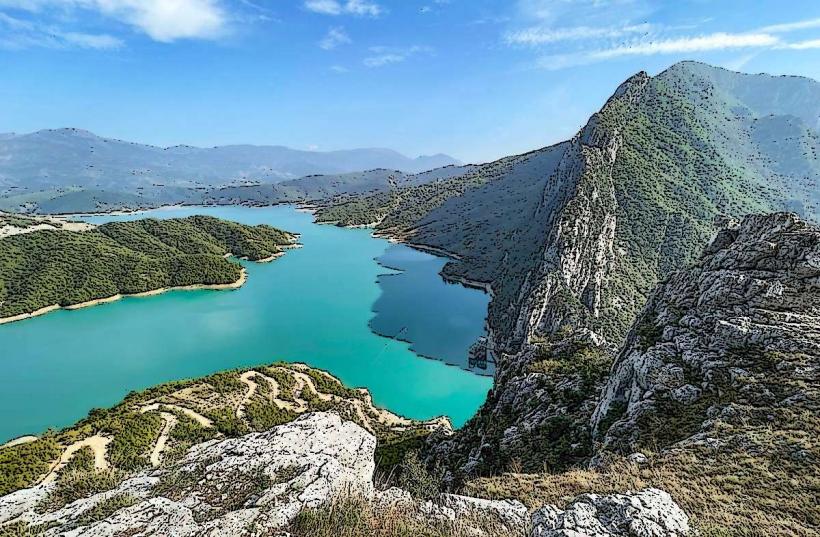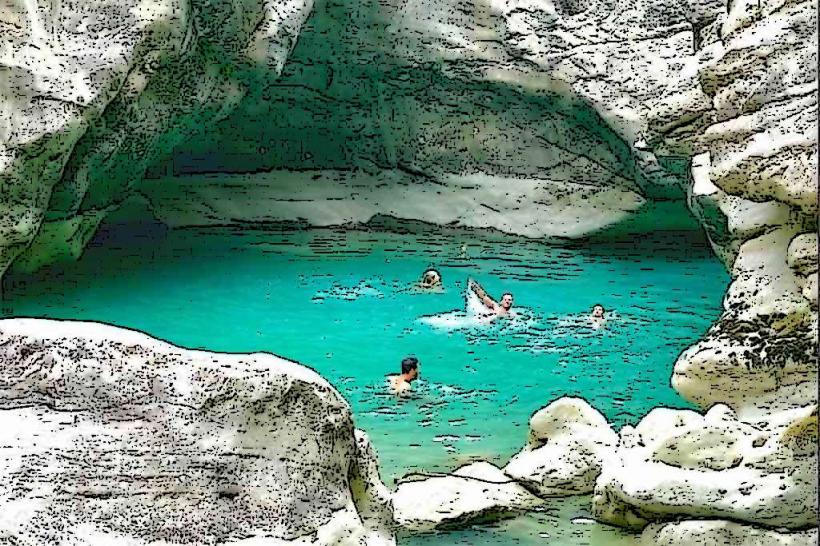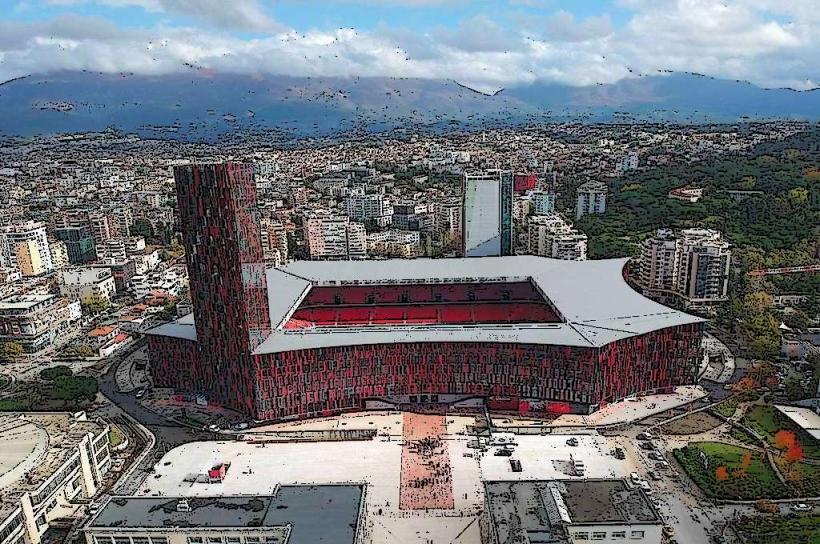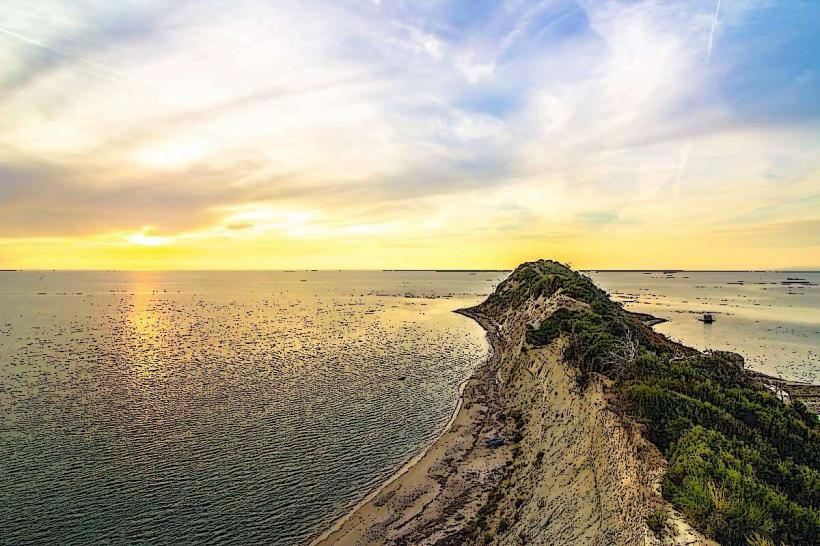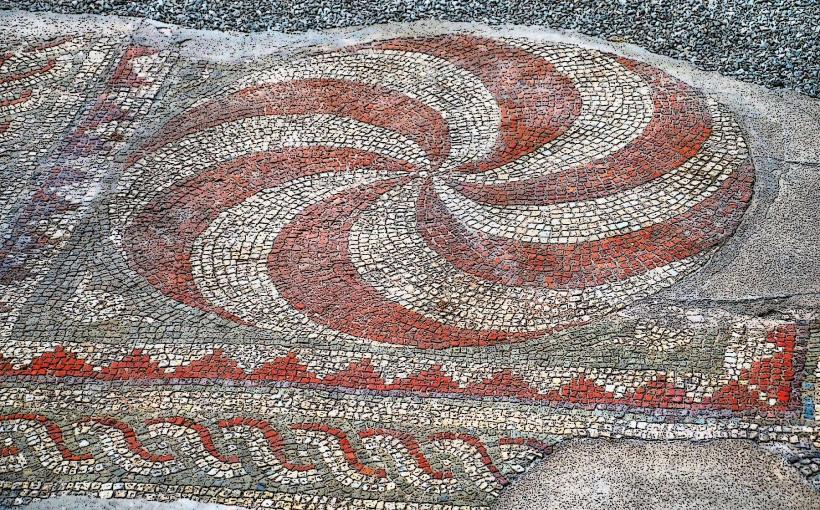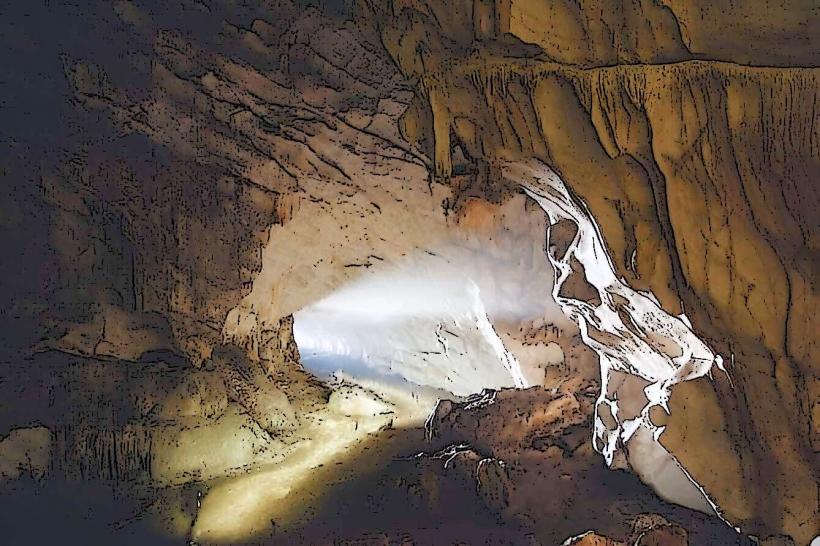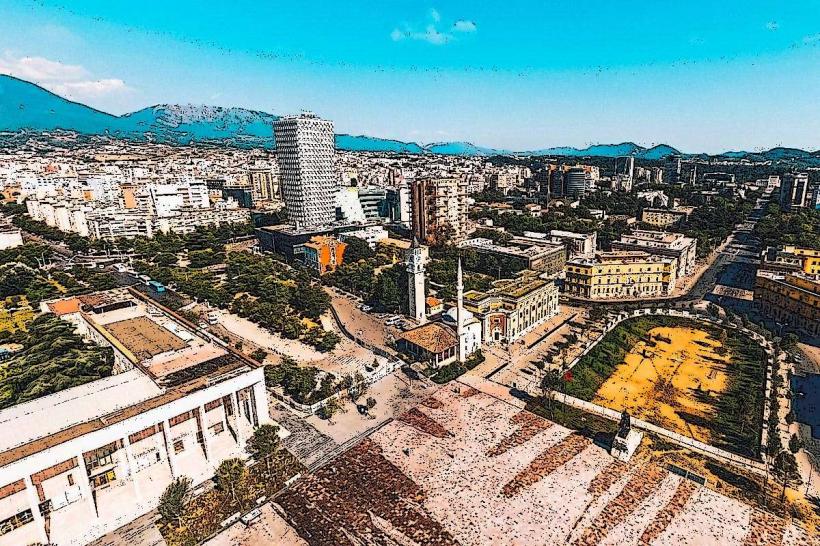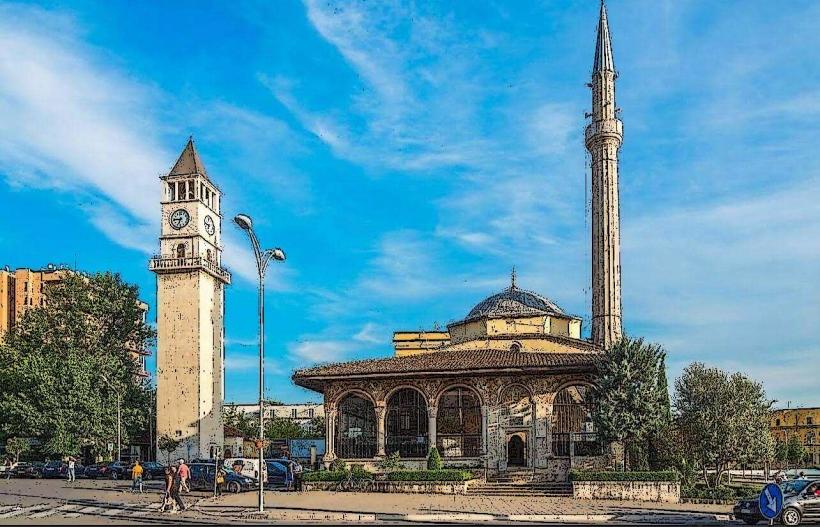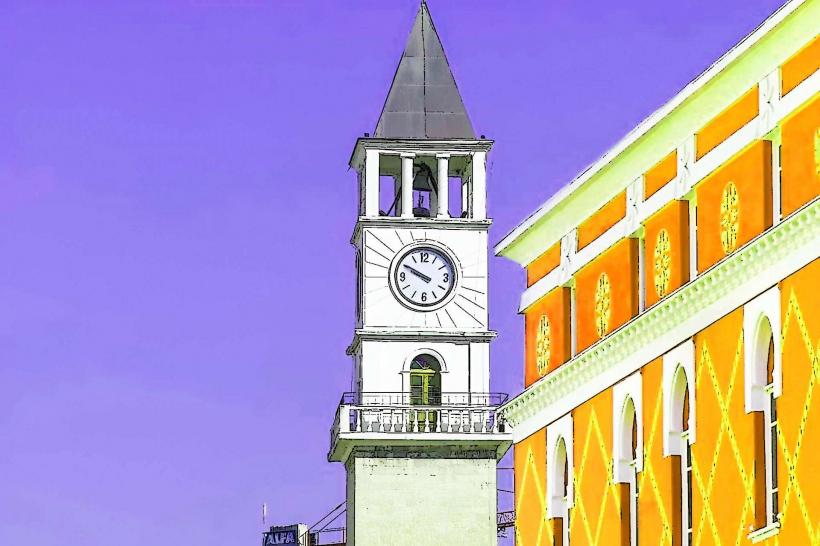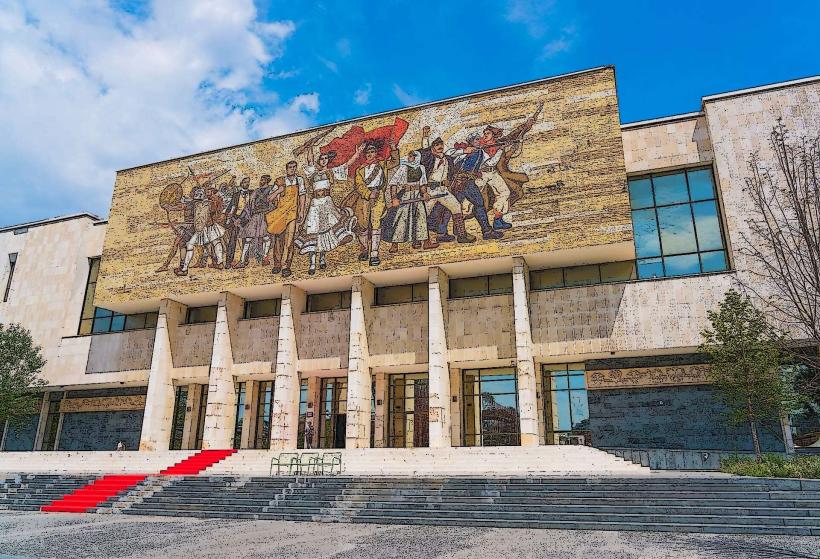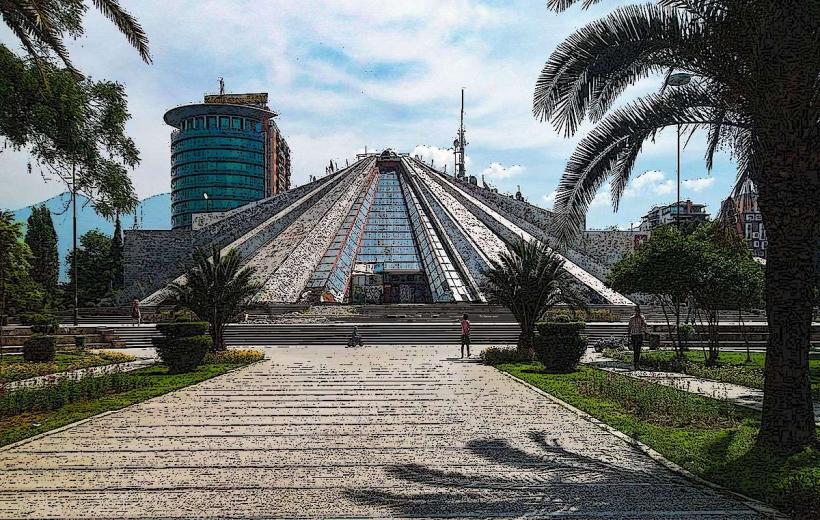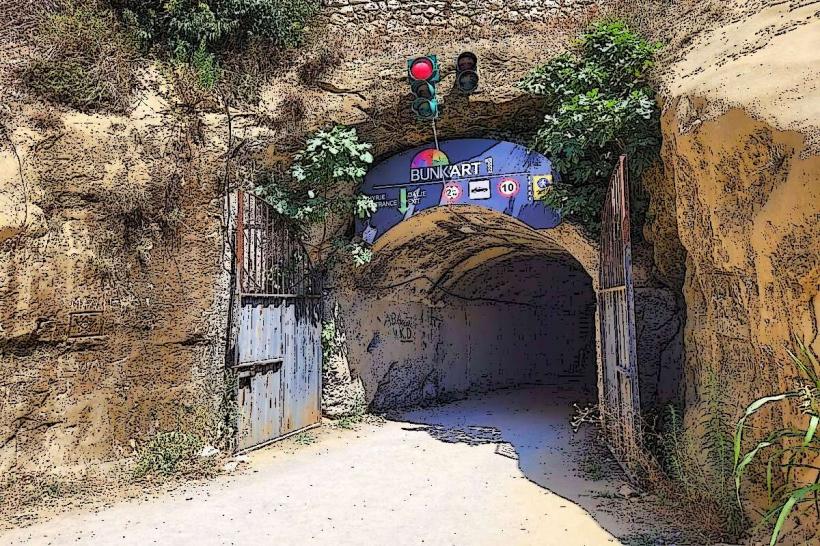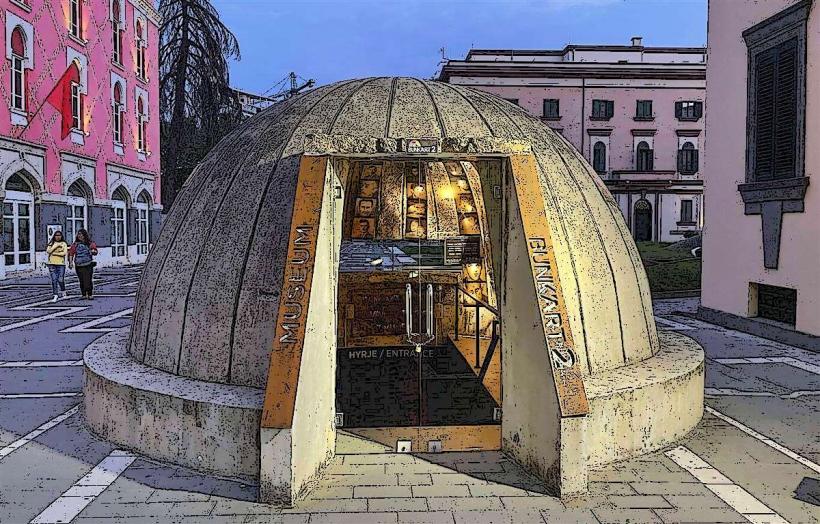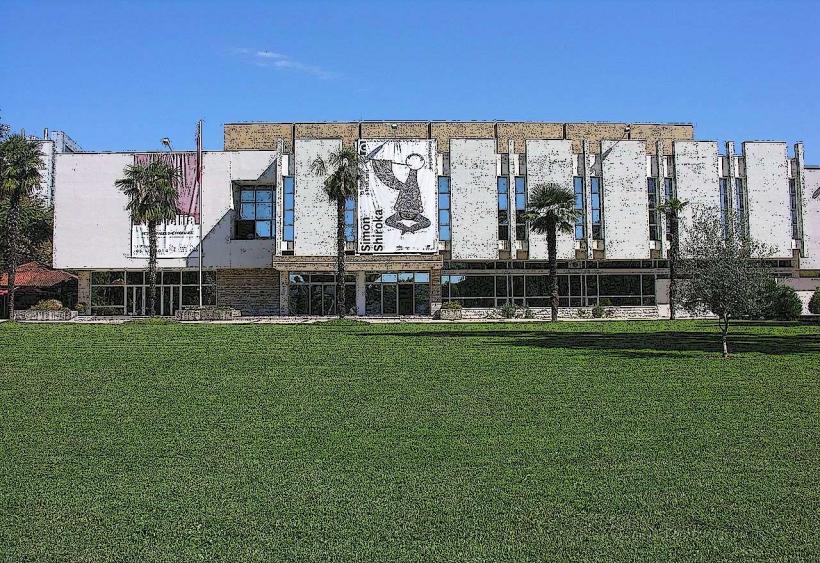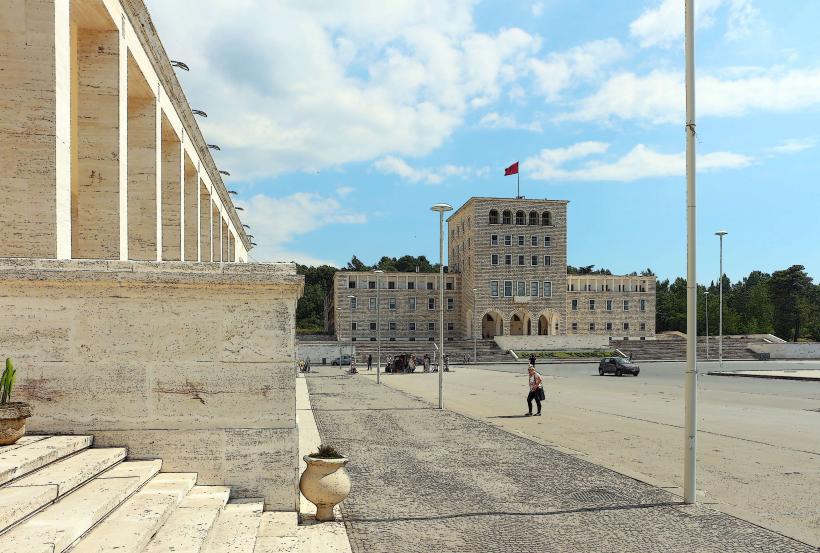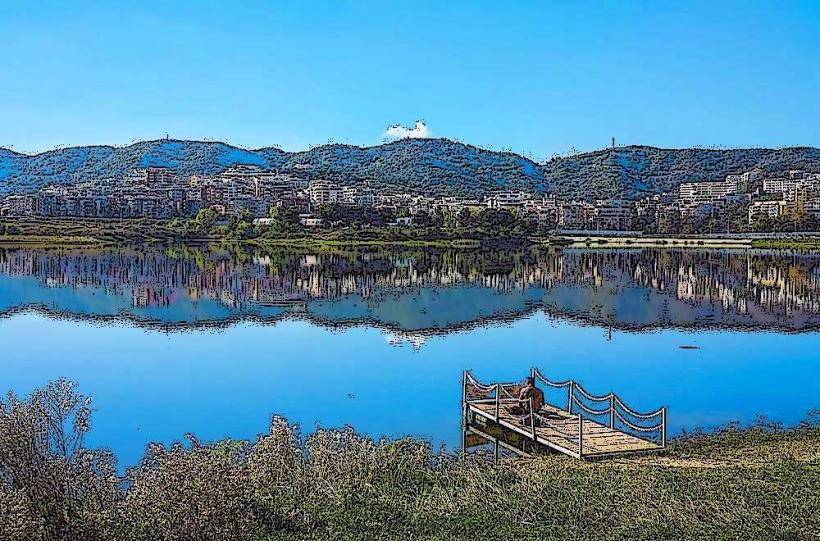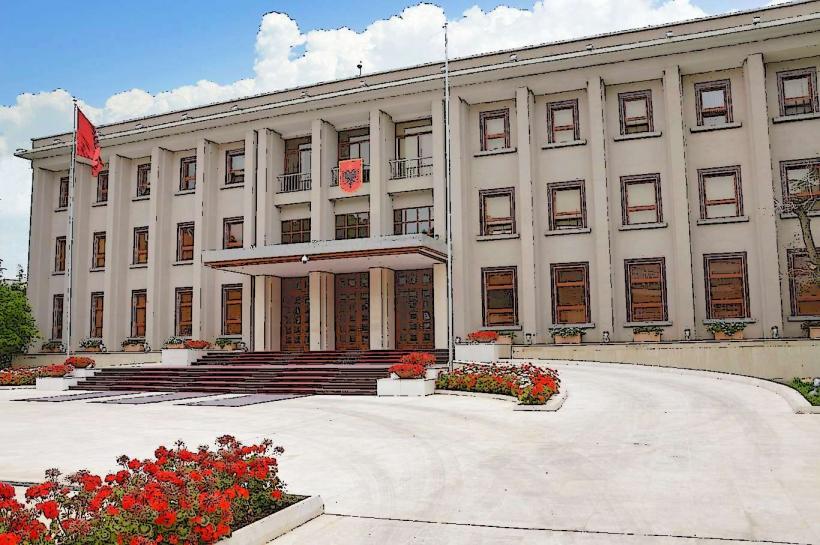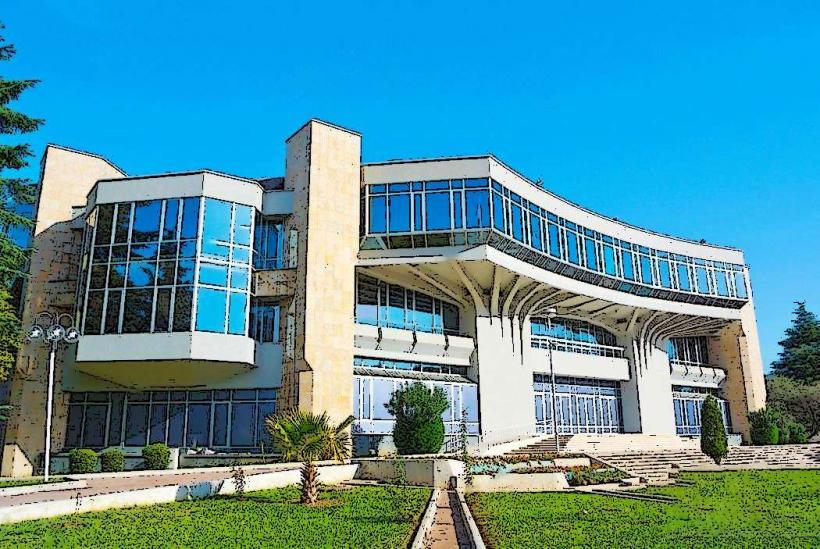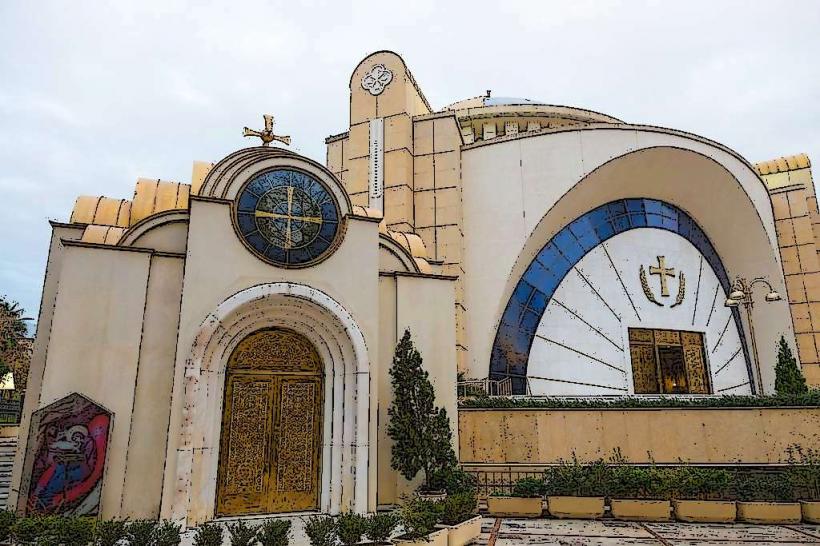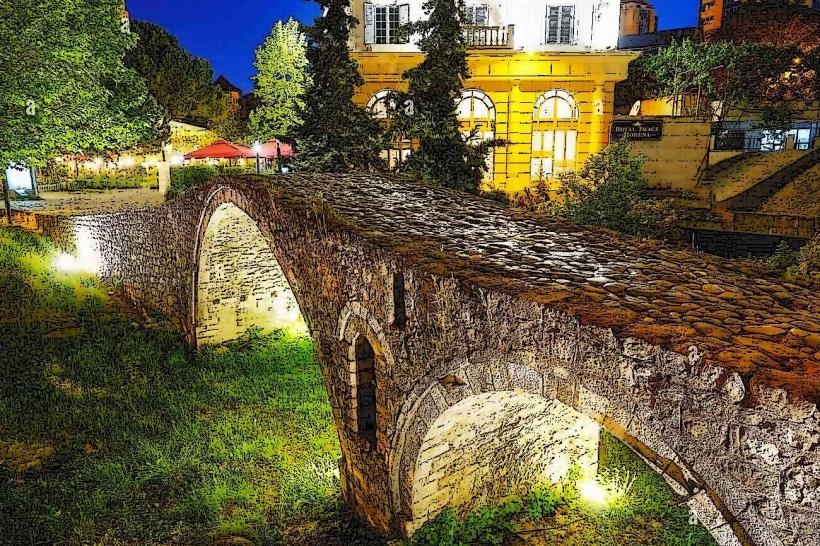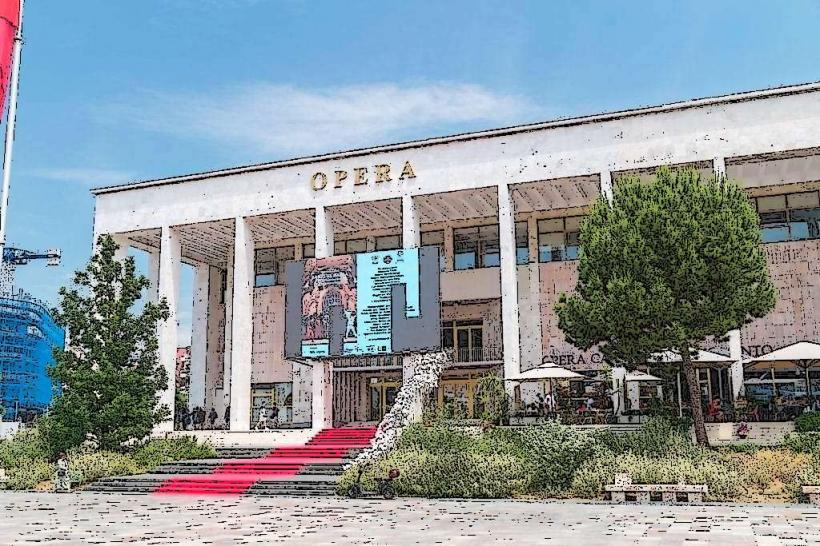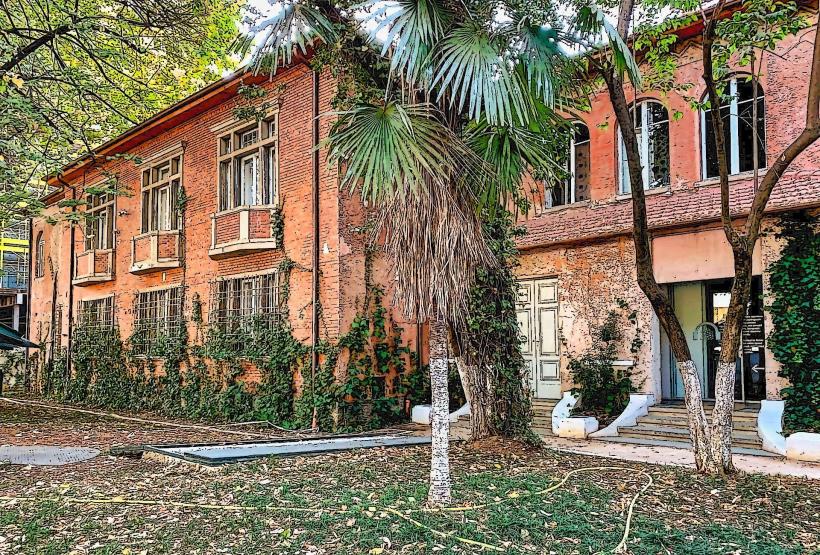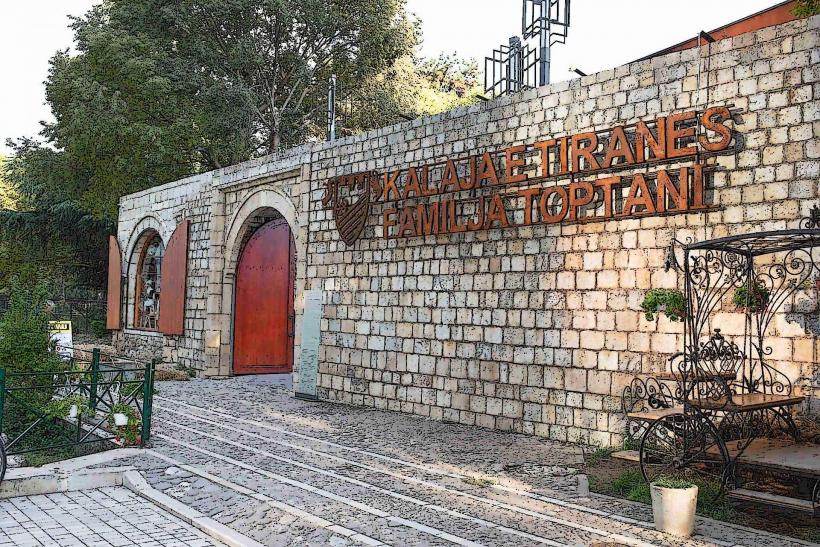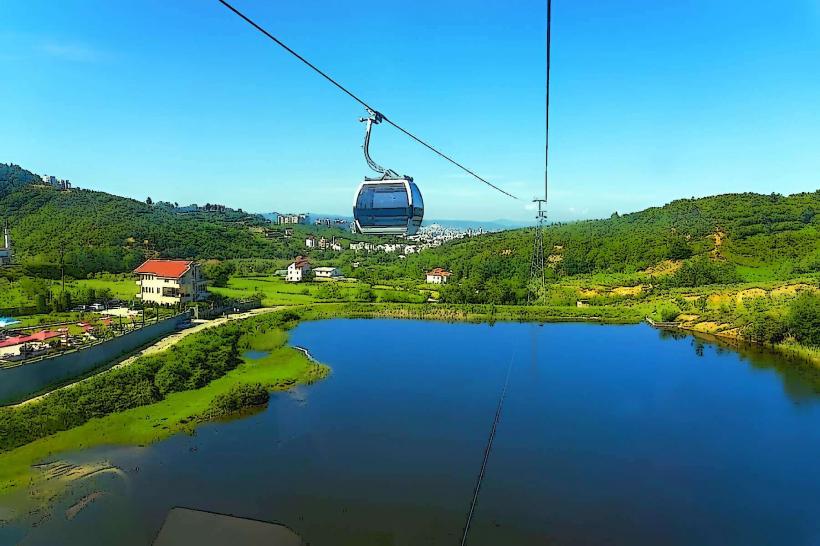Information
Landmark: Kruja castleCity: Tirana
Country: Albania
Continent: Europe
Kruja Castle (Kalaja e Krujës) is one of the most iconic and historically significant landmarks in Albania. Located in the town of Kruja, about 20 kilometers north of Tirana, the castle is celebrated as the stronghold of Gjergj Kastrioti Skanderbeg, Albania’s national hero, during his resistance against the Ottoman Empire in the 15th century. With its stunning architecture, rich history, and breathtaking views, the castle is a must-visit destination for those interested in Albanian history and culture.
1. Historical Background
Early Origins: The origins of Kruja Castle date back to the 4th–6th centuries, with the site initially serving as a fortified Illyrian settlement. Its strategic location on the slopes of Mount Kruja made it an ideal defensive position, providing protection against invading forces and a vantage point to monitor the surrounding region.
Medieval Period: By the 12th century, the castle was an important stronghold for the Principality of Arber, one of the first Albanian principalities. Its fortifications were enhanced over the centuries, transforming it into a formidable defensive structure.
Skanderbeg's Resistance: The castle's most famous period began in the 15th century, when Gjergj Kastrioti Skanderbeg used it as his primary base during his nearly 25-year-long resistance (1443–1468) against the Ottoman Empire. Kruja Castle withstood three major Ottoman sieges, becoming a symbol of Albanian defiance and freedom. Skanderbeg’s leadership turned Kruja into a beacon of hope for Christian Europe, earning him recognition as a defender of Christendom.
Ottoman Control: After Skanderbeg’s death in 1468, Kruja eventually fell to the Ottomans in 1478 following a prolonged siege. The Ottomans maintained control of the castle for centuries, leaving their mark on its architecture and infrastructure.
2. Architectural Features
Kruja Castle is a hilltop fortress that covers an area of 2.25 hectares and includes a mix of defensive structures, residential buildings, and religious sites.
Key Features:
Castle Walls and Gates: The castle is surrounded by thick stone walls with multiple gates providing access to the interior. The fortifications were designed to withstand prolonged sieges and are an excellent example of medieval military architecture.
Observation Towers: The castle features several watchtowers, which were used to monitor the surrounding landscape and signal the approach of enemy forces. These towers also provide spectacular panoramic views of the Adriatic Sea and the surrounding countryside.
Inner Courtyard: Within the castle walls, there is an inner courtyard that served as a residential and administrative area during its heyday. Today, it houses museums, artisan workshops, and cafes.
Traditional Houses: Several well-preserved Ottoman-style houses can be found within the castle grounds, offering a glimpse into the traditional architecture and lifestyle of the era.
3. Attractions within Kruja Castle
Kruja Castle is not just a historical site; it is also home to museums, monuments, and cultural experiences that bring its history to life.
3.1 Skanderbeg Museum
The Skanderbeg Museum, located within the castle, is one of the most important attractions in Kruja. It is dedicated to the life and legacy of Gjergj Kastrioti Skanderbeg and Albania's resistance against the Ottomans.
Exhibits: The museum features a collection of artifacts, documents, and weaponry from the 15th century, as well as paintings and sculptures that depict Skanderbeg’s heroic deeds. Key exhibits include replicas of Skanderbeg's sword and helmet, which have become symbols of Albanian national pride.
Architecture: The museum building is designed to resemble a medieval castle and blends seamlessly with the historic surroundings.
3.2 Ethnographic Museum
The National Ethnographic Museum is housed in a traditional Ottoman-style house within the castle grounds.
Exhibits: The museum offers a fascinating look at Albanian traditions, showcasing items such as tools, ceramics, traditional costumes, and household items from the past.
Interactive Displays: Visitors can explore reconstructed living quarters, workshops, and kitchens to get a sense of how people lived in the region during Ottoman times.
3.3 Bazaar of Kruja
Just outside the castle, the Old Bazaar of Kruja is a lively marketplace filled with traditional handicrafts, antiques, and souvenirs.
Historical Significance: The bazaar dates back to the Ottoman era and has retained much of its historic charm, with cobblestone streets and wooden storefronts.
Shopping: Visitors can find items like handwoven carpets, silver jewelry, traditional costumes, and artisan products, making it a great place to experience local culture and take home unique mementos.
4. Visitor Experience
Panoramic Views: Kruja Castle offers stunning views of the Adriatic Sea, the plains of Tirana, and the surrounding mountainous terrain. The views alone are worth the trip and provide excellent photo opportunities.
Cultural Events: The castle occasionally hosts cultural festivals, reenactments, and traditional music performances, allowing visitors to experience Albanian culture in a historic setting.
Guided Tours: Knowledgeable guides are available to provide detailed insights into the castle's history, including stories of Skanderbeg’s heroic defense and the castle's architectural evolution.
5. Location and Accessibility
Proximity to Tirana: Kruja Castle is located approximately 30 minutes by car from Tirana, making it an easy day trip for visitors staying in the capital.
Transportation: Visitors can reach Kruja via car, bus, or taxi. The roads to Kruja are well-maintained, and parking is available near the castle.
Hiking Trails: For adventurous visitors, there are hiking trails that lead to the castle, offering a more immersive experience of the surrounding natural beauty.
6. Symbolism and Legacy
Kruja Castle is more than just a historical site; it is a symbol of Albanian independence and resistance. It embodies the spirit of Skanderbeg, whose efforts to defend Albania from the Ottoman Empire made him a national hero and an enduring figure of inspiration for Albanians worldwide. The castle remains a national treasure and an integral part of Albania's identity.
7. Conclusion
Kruja Castle is a must-visit destination for history enthusiasts and cultural travelers alike. Its rich history, well-preserved architecture, and cultural significance make it one of the most compelling attractions in Albania. Whether exploring the museums, browsing the Old Bazaar, or simply enjoying the breathtaking views, visitors to Kruja Castle are sure to leave with a deep appreciation for the legacy of Skanderbeg and the enduring spirit of the Albanian people.

